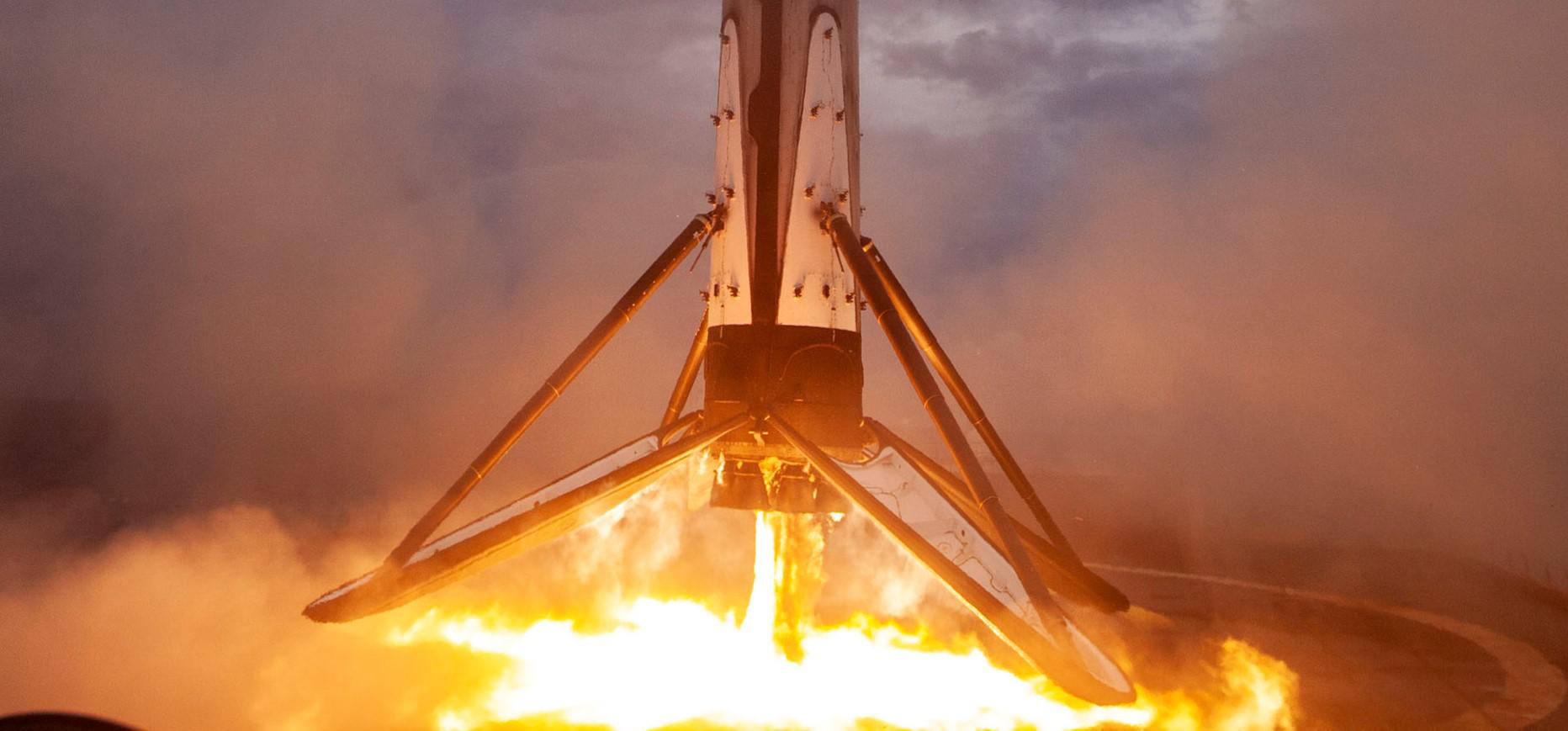
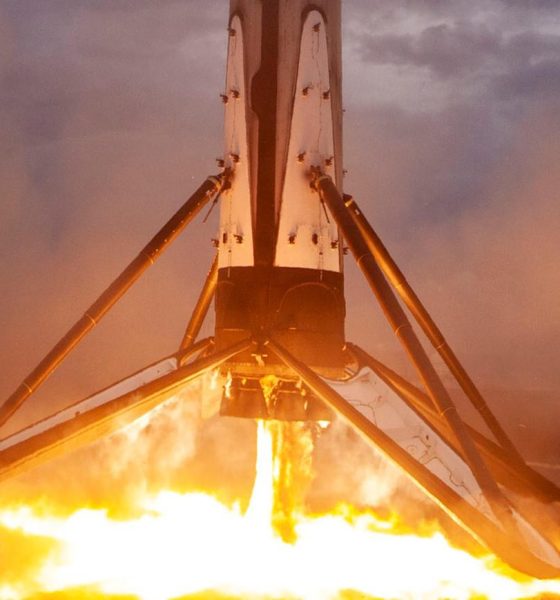
News
SpaceX could still break NASA Shuttle reuse record after launch delay
Despite a minor launch delay, a SpaceX Falcon 9 rocket still has a shot a breaking a NASA Space Shuttle reuse world record that has lasted for more than three decades.
On July 13th, roughly one day prior to a planned liftoff on July 14th, SpaceX announced that it had decided to delay a Falcon 9 launch of South Korea’s ANASIS II military communications satellite. Citing a need to “take a closer look at the second stage” and “swap hardware if needed,” the delay was effectively indefinite, as replacing hardware would be a multi-day process at best. CEO Elon Musk later took to Twitter to comment on two recent Falcon 9 launch delays, noting that SpaceX is “being extra paranoid” to ensure that “maximizing [the] probability of [a] successful launch” is the company’s first priority.
It’s unclear whether these delays are the result of SpaceX being more paranoid than usual (i.e. stricter internal requirements) or what exactly that change stems from. Regardless, as of July 16th, SpaceX hasn’t officially announced an updated launch target for ANASIS II, but signs are pointing to a second launch attempt late this weekend.
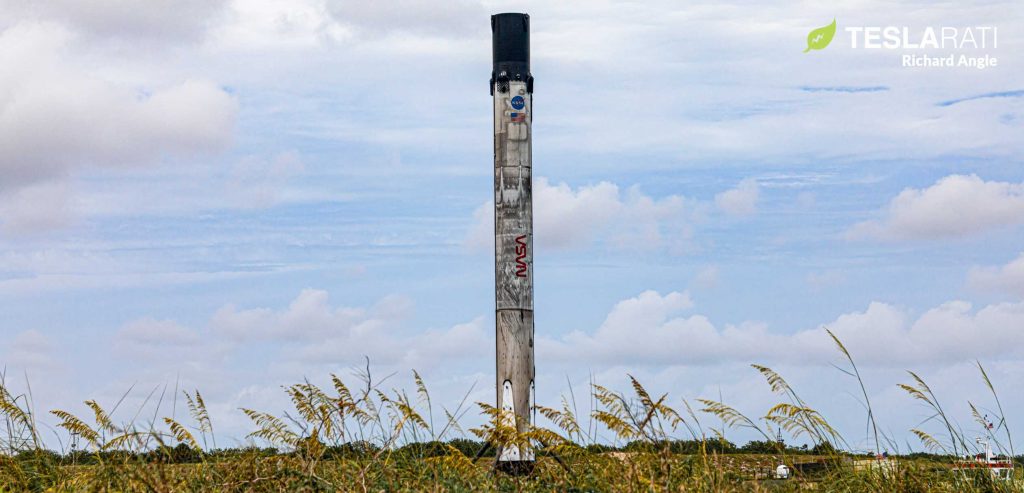
New Launch Hazard Area maps used to delineate dangerous areas for those at sea show that SpaceX could be heading towards a second ANASIS II launch attempt no earlier than ~5pm EDT (~21:00 UTC) on Sunday, July 19th. As previously discussed on Teslarati, the flight-proven Falcon 9 booster SpaceX has assigned to the launch has a shot at breaking a world record for orbital-class rocket reuse held by NASA for almost 35 years.
“In October 1985, Space Shuttle Atlantis lifted off from Pad 39A on its inaugural orbital launch, spending four days in space before returning to Earth at Edwards Air Force Base. Just 54 days later, the very same Space Shuttle orbiter lifted off from Pad 39A again, setting a record for orbital-class launch vehicle turnaround that still stands today.
Almost 35 years later, a SpaceX Falcon 9 rocket is on the cusp of BREAKING Space Shuttle Atlantis’ record turnaround by as many as nine days (20%) if booster B1058 launches as planned between 5pm and 9pm EDT (21:00-01:00 UTC) on July 14th. By far the most impressive aspect of Falcon 9’s imminent record is the comparison between the resources behind Space Shuttle Atlantis’ 54-day turnaround and Falcon 9 booster B1058’s ~44-day turnaround. Some 5000-10000 full-time employees were tasked with refurbishing Space Shuttles and the facilities (and launch pads) that supported them, a vast infrastructure that made the average Space Shuttle launch (accounting for the vast infrastructure behind the scenes) ultimately cost more than $1.5 billion per launch – more than the Saturn V rocket the Shuttle theoretically replaced.
According to a May 2020 AviationWeek interview with SpaceX CEO Elon Musk, Falcon 9 booster turnaround may cost as little as $1 million apiece and can be managed from start to finish by a team of just several dozen. In other words, even though SpaceX boosters are suborbital and stressed quite a bit less than orbital Space Shuttles, Falcon 9 reuse is approximately a thousandfold more efficient that Space Shuttle reuse.”
Teslarati.com — July 12th, 2020
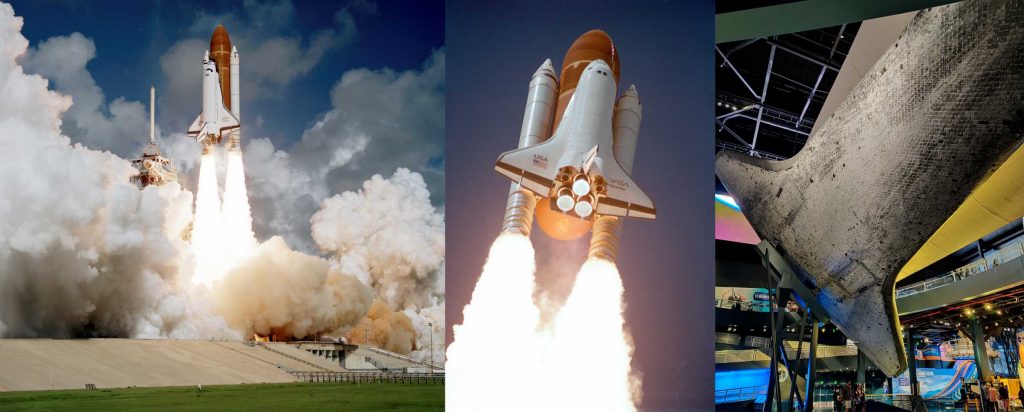
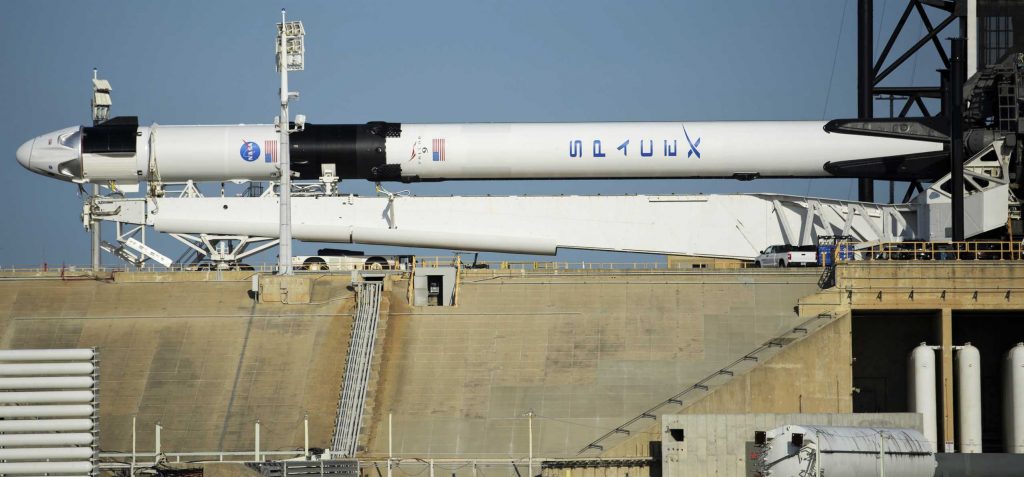
Of course, a potential five-day launch delay means that Falcon 9 B1058’s margin on the orbital-class reusability record has more than halved to 8% from ~20% (50 days to Atlantis’ 54). As of now, ANASIS II can slip another 3-4 days before the mission’s shot at that record slips away completely. Of course, given the vast chasm of difference between the efficiency of Falcon 9 and Space Shuttle reuse, breaking NASA’s turnaround record is far more symbolic than evidence of any material progress. Still, it does serve as an important milestone for SpaceX along the path to the mythical goal of 24-hour booster turnaround.
SpaceX’s tenth Starlink satellite launch was also recently delayed and appears to be swapping launch order with ANASIS II. It’s unclear what caused the Starlink delay or if it was related to ANASIS II, but Starlink-9 could feasibly launch at any point within the next week or two, including within just a few days of ANASIS II. Stay tuned for status updates.
Check out Teslarati’s Marketplace! We offer Tesla accessories, including for the Tesla Cybertruck and Tesla Model 3.

News
Ford cancels all-electric F-150 Lightning, announces $19.5 billion in charges
“Rather than spending billions more on large EVs that now have no path to profitability, we are allocating that money into higher returning areas, more trucks and van hybrids, extended range electric vehicles, affordable EVs, and entirely new opportunities like energy storage.”
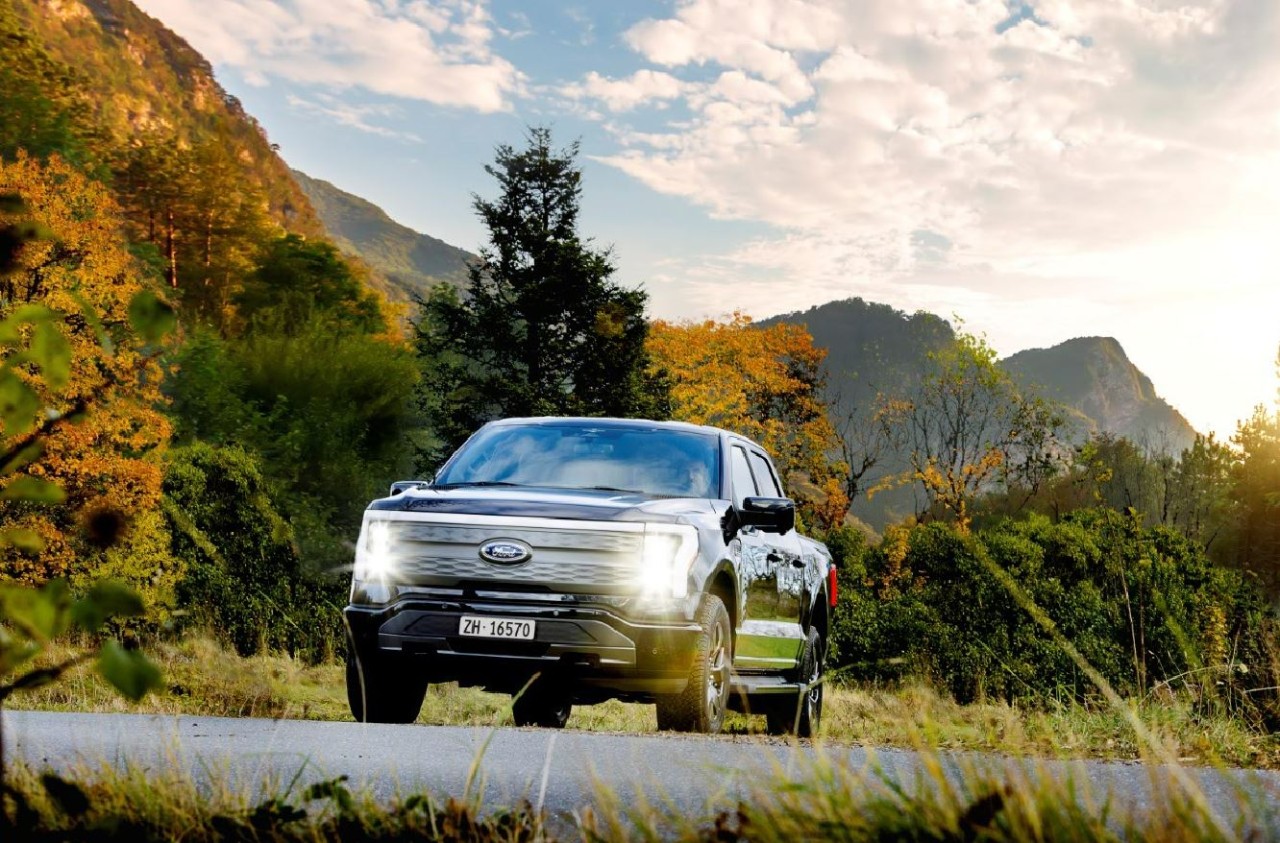
Ford is canceling the all-electric F-150 Lightning and also announced it would take a $19.5 billion charge as it aims to quickly restructure its strategy regarding electrification efforts, a massive blow for the Detroit-based company that was once one of the most gung-ho on transitioning to EVs.
The announcement comes as the writing on the wall seemed to get bolder and more identifiable. Ford was bleeding money in EVs and, although it had a lot of success with the all-electric Lightning, it is aiming to push its efforts elsewhere.
It will also restructure its entire strategy on EVs, and the Lightning is not the only vehicle getting the boot. The T3 pickup, a long-awaited vehicle that was developed in part of a skunkworks program, is also no longer in the company’s plans.
Instead of continuing on with its large EVs, it will now shift its focus to hybrids and “extended-range EVs,” which will have an onboard gasoline engine to increase traveling distance, according to the Wall Street Journal.
“Ford no longer plans to produce select larger electric vehicles where the business case has eroded due to lower-than-expected demand, high costs, and regulatory changes,” the company said in a statement.
🚨 Ford has announced it is discontinuing production of the F-150 Lightning, as it plans to report a charge of $19.5 billion in special items.
The Lightning will still be produced, but instead with a gas generator that will give it over 700 miles of range.
“Ford no longer… pic.twitter.com/ZttZ66SDHL
— TESLARATI (@Teslarati) December 15, 2025
While unfortunate, especially because the Lightning was a fantastic electric truck, Ford is ultimately a business, and a business needs to make money.
Ford has lost $13 billion on its EV business since 2023, and company executives are more than aware that they gave it plenty of time to flourish.
Andrew Frick, President of Ford, said:
“Rather than spending billions more on large EVs that now have no path to profitability, we are allocating that money into higher returning areas, more trucks and van hybrids, extended range electric vehicles, affordable EVs, and entirely new opportunities like energy storage.”
CEO Jim Farley also commented on the decision:
“Instead of plowing billions into the future knowing these large EVs will never make money, we are pivoting.”
Farley also said that the company now knows enough about the U.S. market “where we have a lot more certainty in this second inning.”
News
SpaceX shades airline for seeking contract with Amazon’s Starlink rival

SpaceX employees, including its CEO Elon Musk, shaded American Airlines on social media this past weekend due to the company’s reported talks with Amazon’s Starlink rival, Leo.
Starlink has been adopted by several airlines, including United Airlines, Qatar Airways, Hawaiian Airlines, WestJet, Air France, airBaltic, and others. It has gained notoriety as an extremely solid, dependable, and reliable option for airline travel, as traditional options frequently cause users to lose connection to the internet.
Many airlines have made the switch, while others continue to mull the options available to them. American Airlines is one of them.
A report from Bloomberg indicates the airline is thinking of going with a Starlink rival owned by Amazon, called Leo. It was previously referred to as Project Kuiper.
American CEO Robert Isom said (via Bloomberg):
“While there’s Starlink, there are other low-Earth-orbit satellite opportunities that we can look at. We’re making sure that American is going to have what our customers need.”
Isom also said American has been in touch with Amazon about installing Leo on its aircraft, but he would not reveal the status of any discussions with the company.
The report caught the attention of Michael Nicolls, the Vice President of Starlink Engineering at SpaceX, who said:
“Only fly on airlines with good connectivity… and only one source of good connectivity at the moment…”
CEO Elon Musk replied to Nicolls by stating that American Airlines risks losing “a lot of customers if their connectivity solution fails.”
American Airlines will lose a lot of customers if their connectivity solution fails
— Elon Musk (@elonmusk) December 14, 2025
There are over 8,000 Starlink satellites in orbit currently, offering internet coverage in over 150 countries and territories globally. SpaceX expands its array of satellites nearly every week with launches from California and Florida, aiming to offer internet access to everyone across the globe.
Currently, the company is focusing on expanding into new markets, such as Africa and Asia.
News
Tesla Model Y Standard stuns in new range test, besting its Premium siblings
Tesla’s newer vehicles have continued to meet or exceed their EPA estimates. This is a drastic change, as every 2018-2023 model year Tesla that Edmunds assessed did not meet its range estimates.

The Tesla Model Y Standard stunned in a new range test performed by automotive media outlet Edmunds, besting all of its Premium siblings that are more expensive and more luxurious in terms of features.
Testing showed the Model Y Standard exceeded its EPA-estimated range rating of 321 miles, as Edmunds said it is the “longest-range Model Y that we’ve ever put on our loop.” In the past, some vehicles have come up short in comparison with EPA ranges; for example, the Model Y’s previous generation vehicle had an EPA-estimated range of 330 miles, but only drove 310.
Additionally, the Launch Series Model Y, the first configuration to be built in the “Juniper” program, landed perfectly on the EPA’s range estimates at 327 miles.
It was also more efficient than Premium offerings, as it utilized just 22.8 kWh to go 100 miles. The Launch Series used 26.8 kWh to travel the same distance.
It is tested using Edmunds’ traditional EV range testing procedure, which follows a strict route of 60 percent city and 40 percent highway driving. The average speed throughout the trip is 40 MPH, and the car is required to stay within 5 MPH of all posted speed limits.
Each car is also put in its most efficient drive setting, and the climate is kept on auto at 72 degrees.
“All of this most accurately represents the real-world driving that owners do day to day,” the publication says.
With this procedure, testing is as consistent as it can get. Of course, there are other factors, like temperature and traffic density. However, one thing is important to note: Tesla’s newer vehicles have continued to meet or exceed their EPA estimates. This is a drastic change, as every 2018-2023 model year Tesla that Edmunds assessed did not meet its range estimates.
Tesla Model Y Standard vs. Tesla Model Y Premium
Tesla’s two Model Y levels both offer a great option for whichever fits your budget. However, when you sit in both cars, you will notice distinct differences between them.
The Premium definitely has a more luxurious feel, while the Standard is stripped of many of the more premium features, like Vegan Leather Interior, acoustic-lined glass, and a better sound system.
You can read our full review of the Model Y Standard below:
Tesla Model Y Standard Full Review: Is it worth the lower price?








